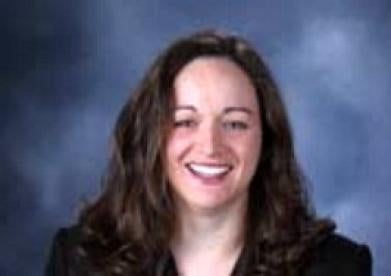Prior to the Leahy-Smith America Invents Act (“AIA”), 35 U.S.C. § 299, your company may have routinely found itself a co-defendant in patent infringement suits with myriad other parties with whom it had no connection other than to have been also selected as a target by the same plaintiff on the same patent. Although several courts viewed joinder under Federal Rule of Civil Procedure 20 to require a more causal basis, it was common—particularly in the Eastern District of Texas—for such unrelated parties to be sued and to proceed all in one case. With the passage of the AIA, however, joinder of unrelated patent infringement defendants is permitted only (1) if the right to any relief arises out of the same transaction, occurrences or series, and (2) questions of common facts to all defendants will arise. Thus, what used to occur in one suit is now spread to many multiple suits (one suit per defendant) and creates many multiple dockets for the courts to manage.
The AIA joinder provision also presents a new opportunity for the patent defendant—the ability to have its case transferred to a more convenient venue under 28 U.S.C. § 1404(a). No longer bound by the ties of unrelated codefendants, a single defendant can have the case transferred based solely on its and the plaintiffs’ contacts or lack thereof. Even if technically subject to personal jurisdiction in the original court, the venue analysis may permit the defendant an opportunity to avoid a “rocket docket” venue or one viewed as plaintiff friendly and instead have the case heard by a court that is more convenient for the defendant and its witnesses.
Faced with exponentially more cases, courts began consolidating patent suits brought by the same plaintiff asserting the same patent(s) (but filed as many individual suits per the AIA) for pretrial purposes under Federal Rule of Civil Procedure 42. Once consolidated, the cases proceed just as they did before the AIA—as one through the claim construction hearing (aka Markman) and discovery, and thereby creating economies for the court—but with the guarantee that each case will be separated for trial. In the interest of further creating judicial efficiency, Judge Davis in the Eastern District of Texas has also stated that even if transfer is appropriate the court would retain the consolidated case through the Markman phase of the litigation. See Norman IP Holdings, LLC v. Lexmark Int’l, Inc., No. 6:12cv508, 2012 WL 3307942, *4-*5 (E.D. Tex. Aug. 10, 2012). The court in Norman IP Holdings deduced that retaining the case, even when transfer is otherwise warranted, would conserve judicial resources and minimize potentially inconsistent rulings on claim construction. Id. As a result, if consolidation came prior to a venue decision, the defendant’s opportunity for a more convenient forum would be delayed for some time and through a significant portion of the case.
The Federal Circuit, however, recently reminded the lower courts that the venue decision comes first. Considering a petition for writ of mandamus from denial of transfer motions (in a pre-AIA context), the Court in In re EMC Corp. et al., 2013 WL 324154, *2 (Fed. Cir. Jan. 29, 2013) stressed the “importance of addressing motions to transfer at the outset of litigation,” acknowledging that transfer motions should be given a “top priority . . . by the District Court.” While finding the petitioners had not met the high standard warranting mandamus relief on the facts before it, the Federal Circuit nonetheless seized the opportunity to provide its instructions that transfer motions must be decided at the outset of the case as the intent of the venue provisions would be “thwarted [if[ defendants must partake in years of litigation prior to a determination on a transfer motion.” Id. Similarly, the Court clarified that any judicial economy gained by “having the same judge handle multiple suits involving the same patents” should not dominate the transfer inquiry. Id.
Given this guidance from the Federal Circuit, it seems apparent the district courts will have to address venue from the outset and well before a consolidated Markman, regardless of the burden such motions place on already taxed dockets.




 i
i

